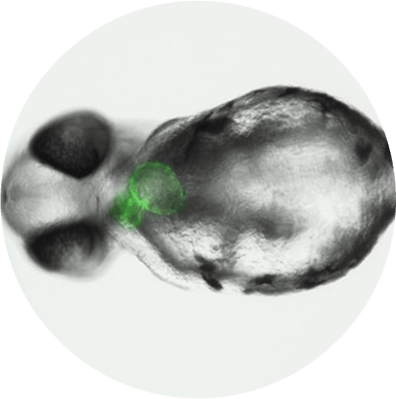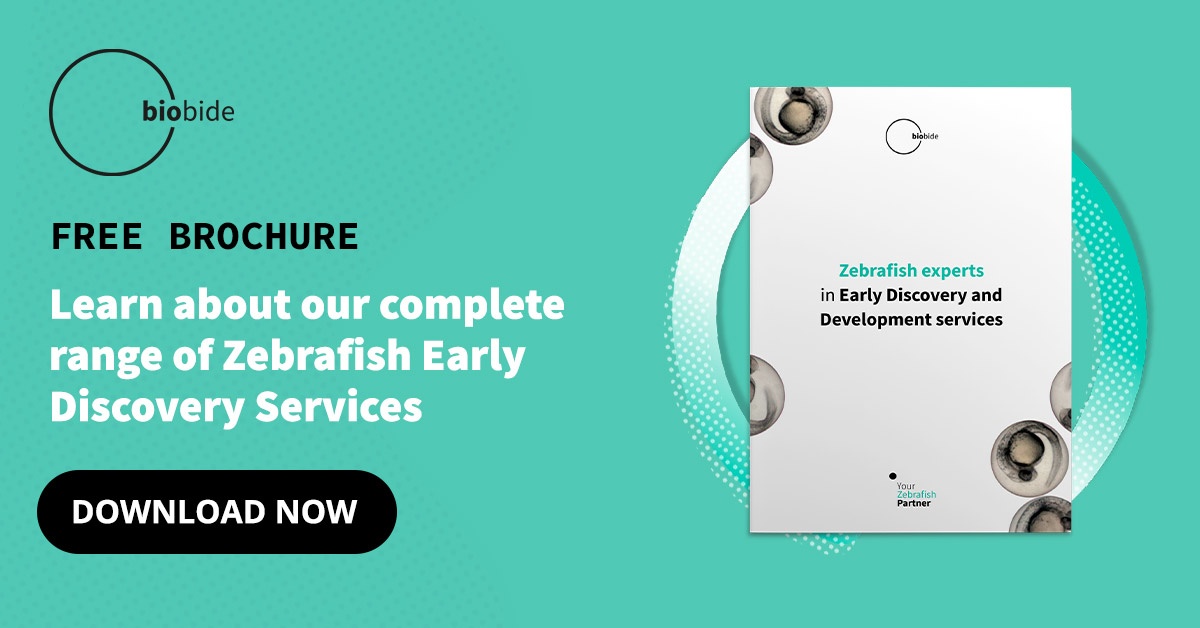Cardiovascular diseases and neurodegenerative diseases are predominant causes of death, morbidity, and disability in the world, with an increasing incidence trend due to population aging. Cardiovascular diseases are a group of disorders of the heart, and blood vessels that include coronary heart disease, cerebrovascular disease, and others. Among cardiovascular diseases, acute myocardial infarction is the most severe manifestation of coronary artery disease and in the case of cerebrovascular diseases stroke (embolism or blood vessel rupture) is the most severe event. Secondly, the most prevalent neurodegenerative diseases are Alzheimer’s, Parkinson’s, and motor-neuron disease, or Amyotrophic Lateral Sclerosis (ALS).

According to the epidemiology of these diseases, cardiovascular diseases are the predominant cause of death in the world and claim approximately 17.9 million lives every year. Specifically, acute myocardial infarction presents an incidence of 605,000 new cases in the USA and a mortality of 30,000 people per year. Whereas stroke represents an incidence of 795,000 people in the USA, accounting for more than 100,000 deaths. Thus, cardiovascular diseases represent the third part of the deaths in developed countries. While among neurodegenerative diseases, Alzheimer’s disease is the most common dementia, and it has a global prevalence of 24 million people, which represents 300 cases per 100,000 people.
Myocardial infarction, stroke, and neurodegenerative diseases, all together are pathologies without a cure, where dead tissue is not regenerated, causing dysfunctionality of the organ, morbidity and disability. Among several other preventive and medical interventions, regeneration of the damaged tissue is the only action that can restore the proper function of the affected organs and can even reduce patients’ disabilities.
Due to its inner regenerative capabilities, studies using zebrafish are invaluable for finding a cure for these diseases to help prolong human life.
What is regeneration?
Regeneration occurs when damaged cells, muscles, and tissues repair themselves naturally. In complex organisms like mammals, tissue regeneration is limited to skin, hair, nail, intestinal epithelium, bone tissue formation, scar formation in damaged tissues, and liver cells. But the human heart and Central Nervous System (CNS) cannot regenerate. Consequently, when heart attacks occur some of the muscular cells of the heart die and they can´t replace themselves, resulting in long-term heart damage or in many cases, death.
Likewise, the neurons in the brain cannot regenerate once they are damaged. After a stroke or accident neurons die, creating neurological affections in the CNS. In addition, neurodegenerative diseases cause a gradual deterioration of brain cells, and these cells do not repair. This neuronal cell damage causes cognitive impairment, and it is an important cause of disabilities and dependence in humans.
The role of Zebrafish in organ regeneration research
Zebrafish is an ideal model for organ, heart, and neuron regeneration research, as it can regenerate its heart, motoneurons, and spinal cord. The purpose of regenerative medicine research is to understand how and why some organs and tissues regenerate while some do not.
One key scientific objective is one day to replicate organ regeneration of the heart and neurons in humans by studying how those happen in zebrafish. This tiny fish can fully regenerate its heart after 20% damage to one of the heart’s chambers and it can regain motor function after spinal cord damage.
The ability to mimic this natural occurrence through drugs or genetic therapies would be a breakthrough in the treatment of chronic conditions, such as heart and brain disorders. It would vastly improve the quality of life of many people and their families, who live with these incurable diseases and conditions. If damaged heart tissue could be regenerated after a heart attack, many people would live longer lives. Just as if neurons could be encouraged to regenerate after damages such as stroke or accident, brain disorders like Alzheimer’s Disease could be diseases of the past.
A zebrafish heart is like a human heart, making it not only suitable for the study of the development of heart diseases but also for understanding how the heart regenerates. But while a human heart has four chambers ( 2 atriums and 2 ventricles) the zebrafish heart only has one atrium and one ventricle, but functions in the same way as the human heart.
The benefits of Zebrafish in regeneration studies
In addition to their regenerative capacity, zebrafish are a great choice of alternative animal models for regeneration studies, due to their transparency at the larval stage and the embryos hatching outside the mother’s body. Scientists can, therefore, study the ability of cardiac or neuronal tissue to repair after damage while the zebrafish remains in vivo (living) or study the development of these tissues.
Moreover, zebrafish embryos get out of the chorion and start feeding independently around 5-6 days post-fertilization, plus most of the neuronal types are developed and present at this stage, so it offers the opportunity to study the behavior of the adult brain and neural tissues around this stage. It is also a very competitive and cost-effective research model as they are small, easy to house, and lay hundreds of eggs per week, ensuring plenty of research stock samples.
The capability to slow down or treat heart and brain diseases is within reach as technology and research methods develop rapidly. The question is not ‘how can we treat heart and neural diseases?’ but ‘when will we be able to?
Understanding how and why zebrafish organs regenerate presents medical science with many opportunities to study diseases and disorders such as cardiovascular diseases and neurodegenerative diseases, like Alzheimer’s Disease and autism. They also bring a different set of challenges in terms of finding treatments and cures, and zebrafish have a clearly valuable role in this research.
Sources
- World Health Organization: https://www.who.int/health-topics/cardiovascular-diseases#tab=tab_1
- Bin Yu, et al. Epidemiology of Geographic Disparities of Myocardial Infarction Among Older Adults in the United States: Analysis of 2000-2017 Medicare Data. 2021.
- https://www.cdc.gov/nchs/nvss/deaths.htm?CDC_AA_refVal=https%3A%2F%2Fwww.cdc.gov%2Fnchs%2Fdeaths.htm
- https://www.sciencedirect.com/science/article/pii/B9780128210857000014
- https://www.sciencedirect.com/science/article/pii/B9780128210857000014
- https://blog.biobide.com/the-zebrafish-heart-similarities-to-humans-and-possible-studies





